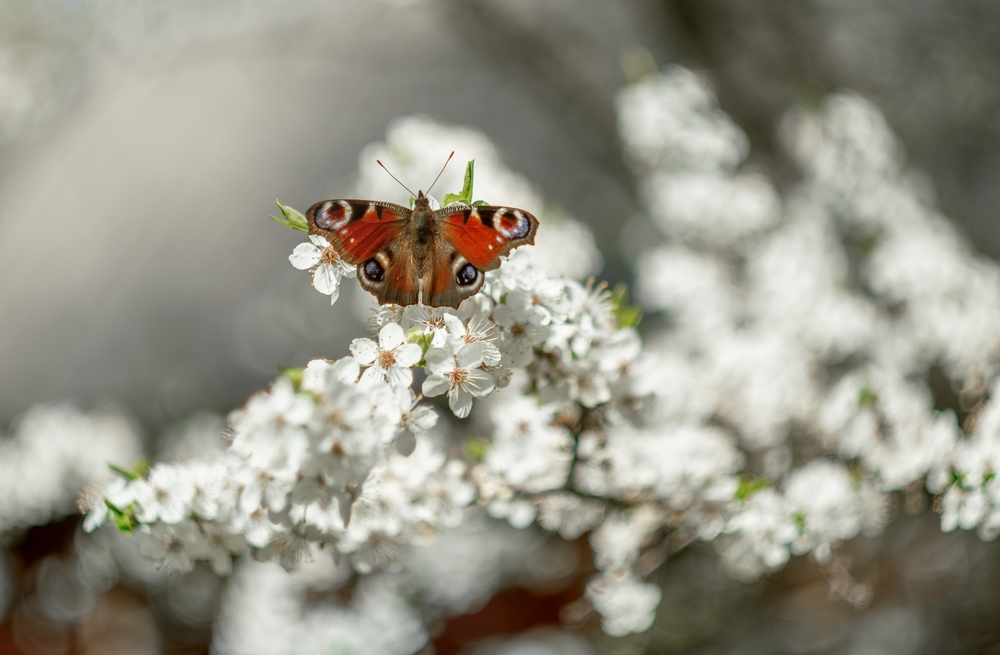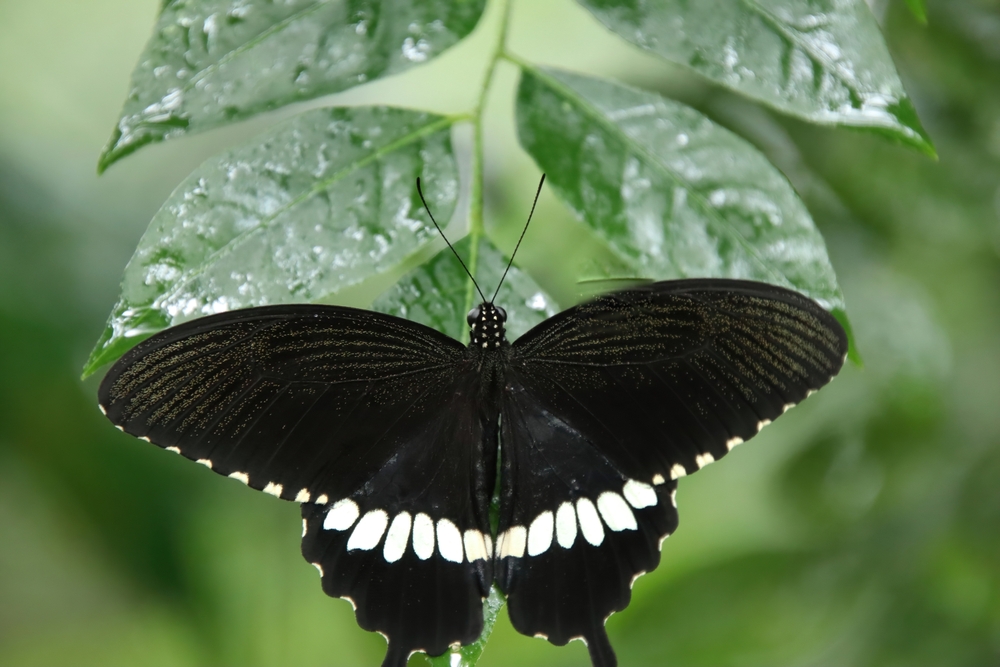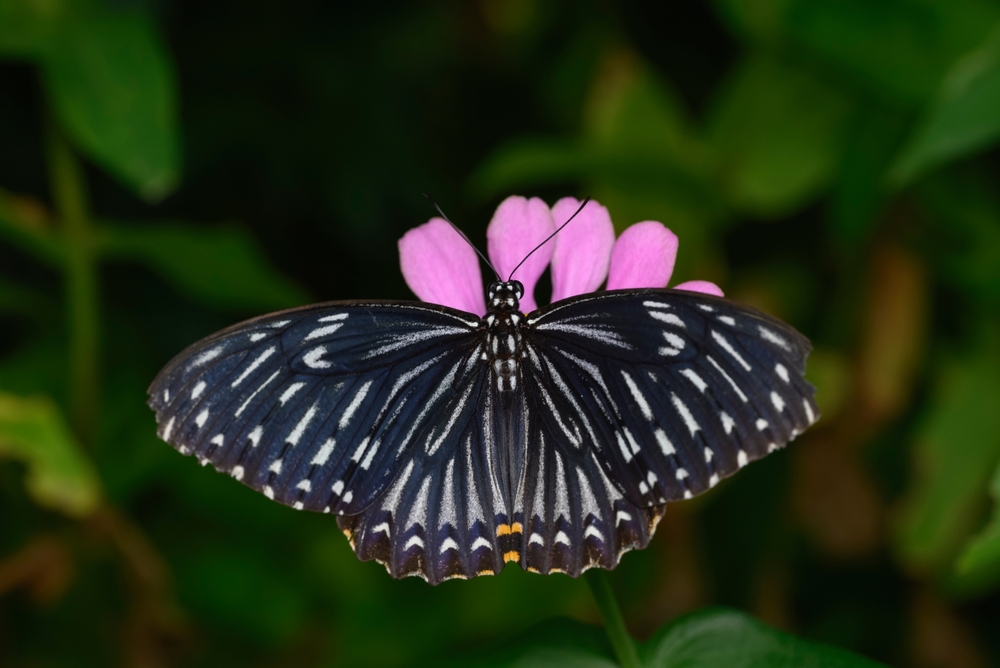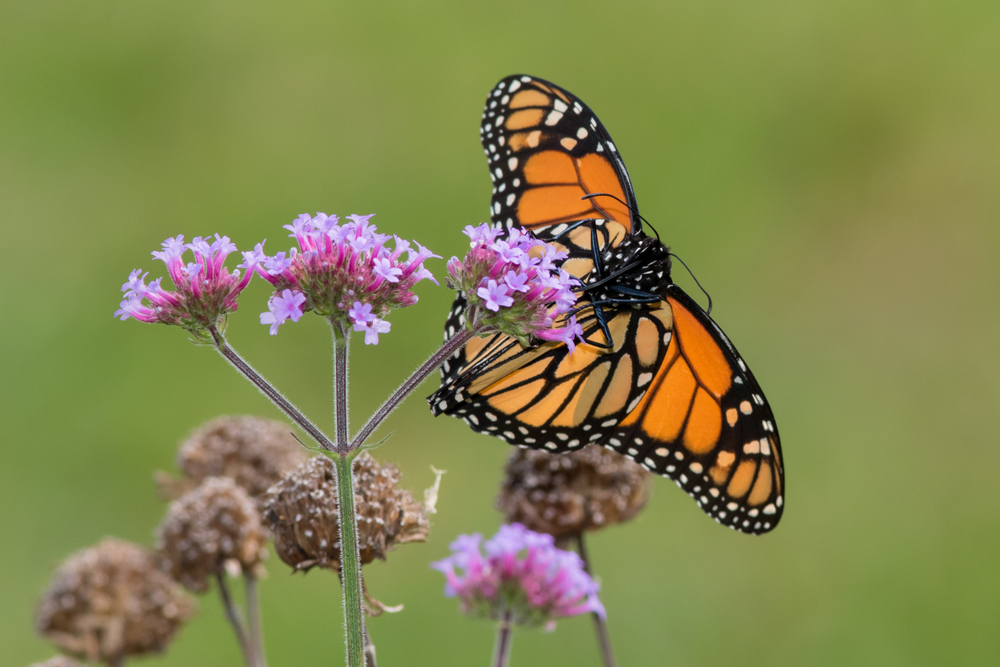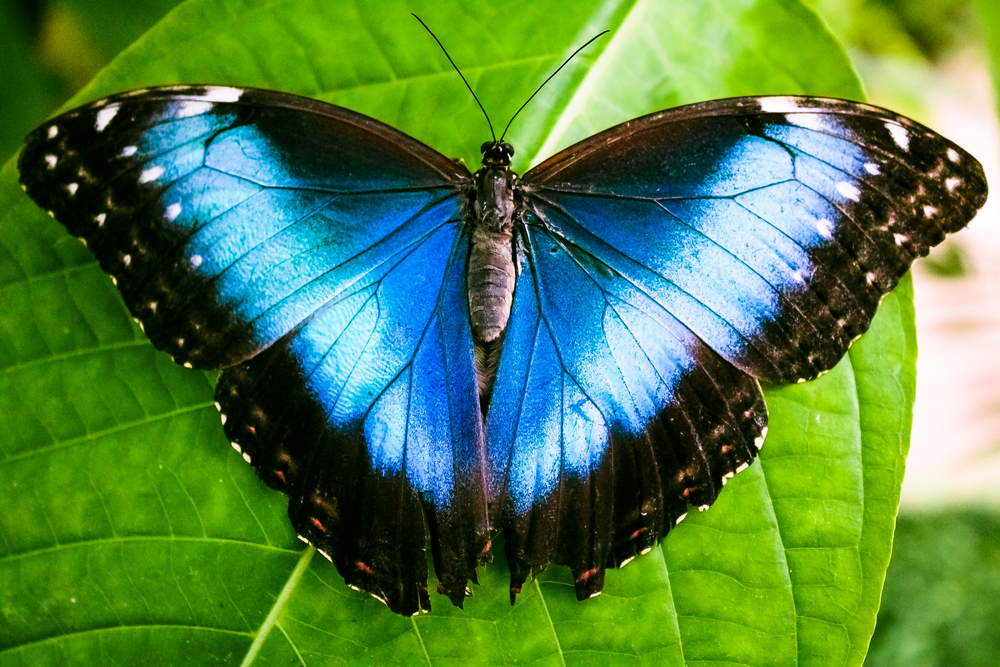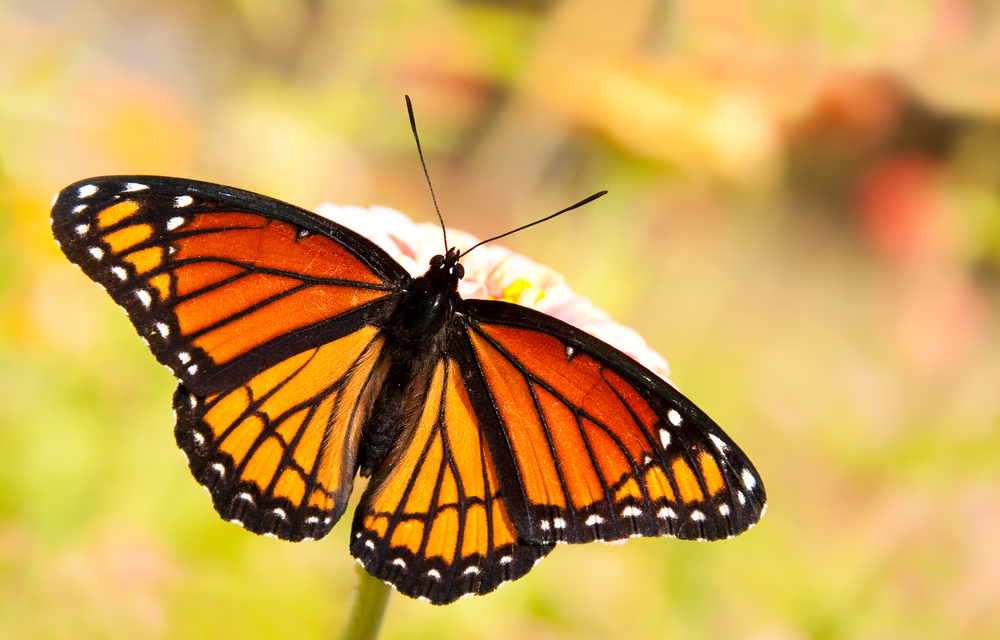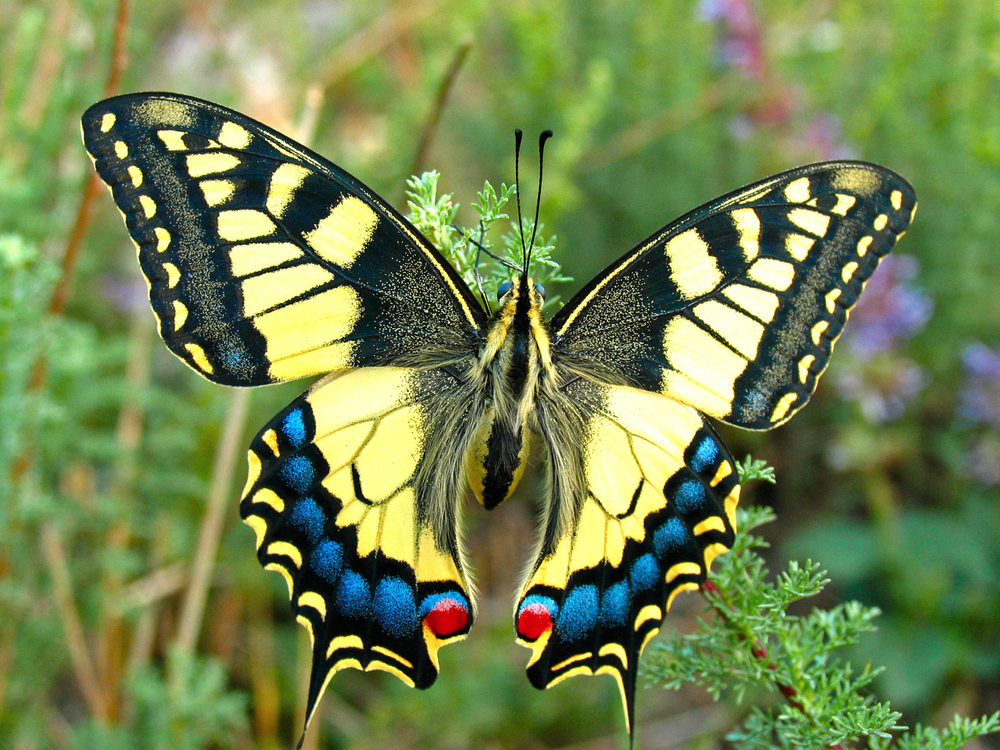Uniqueness
The Peacock Butterfly stands out among European species for its dramatic eye spots, overwintering strategy, and startling defense behaviors. Its vivid upper wings and cryptic underside combine beauty with biological function, making it a striking symbol of spring in temperate regions.
Peacock-like Eyespots:
The large, iridescent eyespot markings on each wing resemble the eye feathers of a peacock. These serve as a startle defense—when threatened, the butterfly opens its wings suddenly to expose the “eyes,” which can frighten or confuse predators, especially birds.
Auditory Defense Behavior:
When disturbed at close range (e.g., by small mammals or birds), the Peacock Butterfly produces a hissing sound by rubbing its wings together—a rare behavior among butterflies. This sound, combined with the eyespots, helps deter predators even during hibernation.
Overwintering as an Adult:
Unlike most European butterflies that overwinter as larvae, pupae, or eggs, the Peacock Butterfly survives the winter in adult form. It hibernates in sheltered places like tree hollows, attics, or outbuildings and is often one of the first butterflies to appear in spring—sometimes as early as February.
Minimal Sexual Dimorphism:
Males and females are nearly identical, ensuring that both benefit equally from eyespot defense. Males rely on territorial behavior rather than appearance to attract mates.
Gregarious Larvae with Warning Traits:
The spiny black caterpillars are conspicuous and group-living in early stages. Their bold appearance and feeding on nettles may provide chemical or mechanical deterrence, though not as toxic as milkweed caterpillars.
Widespread Familiarity and Cultural Significance:
Due to its striking appearance and abundance in gardens, parks, and countryside, the Peacock Butterfly is one of Europe’s most recognizable butterflies. It features widely in art, literature, and conservation programs, symbolizing the return of spring.
The Peacock Butterfly’s startling eyespots, sound-based defense, and overwintering strategy make it a biological marvel of the temperate world—a butterfly that not only survives the cold but greets the new season with dramatic flair.



































































